Sony NEX 7 and Macro
I bought it 3 years ago, second hand from eBay and paid some 90 USD.
It was in LN condition, probably never used.
I tried this lens briefly on my Canon 5D MII, but than, I bought Canon EF 100 f2.8 L IS, and Panagor rests in a shelf.
I always planned to test it more, as first attempts were very promising.
Now with the NEX, I got the chance to put it on camera again. To make it more interesting for my only subscribed reader, thanks Teemu 🙂 and of course for occasional visitors, I included also Leitz Wetzlar Elmarit-R 60mm f2.8 Macro, Canon FDn 50mm f3.5 Macro, and SEL 55-210 f4.5-6.3 OSS
Here is the picture of all lenses, so that you can get an idea of their respective sizes. From left to right – Canon, Leitz, Panagor, Sony SEL.
Macro is not my strong side, I never made a single penny out of it, and probably never will. But it serves as a nice therapy, when time allows me to play with it.
My very first attempts with flowers in a field, were rather disappointing, as most of my shots were blurry. Since than, I started to use flash, and when outside, all different kinds of subject (flower) fixation and wind protection.
I never teared the flower, kill/chill the bug, or anything like that, just to make a shot.
Not having any of Sony flashes apart of built in on Sony NEX 7, I decided to use my Canon Macro flash MT 24-EX. It was clear that it will work only in manual mode, but with a small hot shoe converter, at least it fires up reliably.
Here is how that set-up looks like with Panagor, extended to approx. 75%.
You might notice, that such a set-up denies any advantage of a small NEX body, and you will be more than right. My first conclusion was, that I would probably never use the NEX for such a shooting in a field, as its small size in combination with large flash and lens, cause more problems than benefits in terms of ergonomy and handling.
However in a studio conditions, it is very usable. Good news for me is, that it work reliably also with my Pocket Wizards and external strobes. Therefore, I can use great NEX 7 camera resolution for additional cropping when needed.
Also, DR of Sony NEX 7 sensor is very useful, when I need to underexpose a bit, which happens when I shot falling drops of liquid i.e.
In this field test however, working with the flash in a manual mode, also meant, that I had to put the camera in manual mode too. If not, camera will not read the flash power or distance from the subject, so the exposure will be measured according to the scene without flash.
If I would leave it in A priority mode, camera will always give too low shutter speeds, simply trying to make a proper exposure. Therefore, main subject will be overexposed, once the flash fires.
The easiest way for me, was to set the camera in Manual mode, set the shutter speed at 1/125-1/160s, set the ISO at 100 and set the desired aperture on the lens. The exposure than was created by setting the flash heads, using the fool proof method – try and see.
Some of the shots however, were taken without the flash. In fact, the flash becomes just one more additional creative tool to work with.
For me, shooting flowers means usually to look for colors, shapes and light. I don’t care much of having everything in focus or sharp from edge to edge. I would care, if the client would ask me to, but (un)fortunately, as I said, I don’t make any money from macro.
At the end, I had to consider following things when taking a shot – Composition, background, light and DOF. If I didn’t like the background i.e., I underexposed it and use the flash as a main source of light.
Enough about my amateur macro settings and let’s see how lenses performed…
General note – I forgot to switch off “screen sharpening” when exported from LR, but the files where sharpened before. At 100% view, therefore, they might look over-sharpened. I would reload the files only if it wouldn’t take that long. All shots were taken hand-held (no time for tripod), and therefore some motion blur could appear. Shot in RAW and post processed in LR 4 beta and Photoshop CS5.
First on the list is Leitz Wetzlar Elmarit-R 60mm Macro. Price paid on eBay for a lens in a solid condition was 270 EUR + shipping. If you are interested in more details about this lens, you can find some info here: http://www.l-camera-forum.com/leica-wiki.en/index.php/60mm_f/2.8_Macro-Elmarit-R
Working with this lens wasn’t exactly easy. It’s full focus throw is very long, and you need to turn and turn until you find the focus. It is rather heavy, but its resolution power, low distortion, lack of CA and nice bokeh pays off. There is also life size adapter for this lens, that costs me more than Canon FD50mm f3.5 macro, as it is quite hard to find. I used it on a first shot, but it is more for the bugs, as the flowers are rather big.
Here are couple of shots with Leitz 60mm Macro.
Leitz 60 Macro is considered to be also good portrait lens, and it certainly didn’t disappoint as a macro. But for the NEX 7, I think it is just a bit too expensive for what it delivers, if the field macro is your only interest.
Next on the list is already mentioned Panagor PMC 90 mm f2.8 Auto-Macro in FD mount. More informations and much better photos than mine could be found on this site:
http://www.pentaxforums.com/userreviews/panagor-90mm-f2-8-macro-pmc.html
This lens is heavier and its focus throw is much longer than a Leitz.
It was made by Komine, which was something like Mercedes in lenses in its time.
Mine sample however suffers a bit from pulling the focus and sometimes it stops before it reach infinity. Optically, it is one of the best lenses I used for macro, and I can only praise it. On NEX 7 it is long and not very user friendly, but if you have a regular DSLR body, for the price I bought it, it is one of hidden gems. It is true 1:1 macro unlike Leitz or Canon FD that are 1:2.
Here are couple of shots taken with Panagor
Third on the list is Canon FDn 35mm f3.5 Macro. More about this lens can be found here:
http://www.mir.com.my/rb/photography/companies/canon/fdresources/fdlenses/earlyfdlenses/macrofd.htm
I have this lens since… well I don’t know, probably since ever. But I don’t remember that I used it ever, till I didn’t bought NEX.
This lens was a big surprise for me. It is very light and joy to use. Resolving power is pretty amazing, and even the bokeh looks nice. I didn’t expect such results to be honest.
Here are couple of shots with Canon FD 50 macro:
Finally, there is Sony SEL 55-210mm f4.5-6.3 OSS
What does it has to do with macro? Well – NEX 7.
Thanks to 24 Mpx. lot of cropping is possible, and thanks to that, this lens can be used successfully for subjects large as flowers. Magnification and MFD wouldn’t be probably enough for the insects, but the lens is Sony native E-mount, not too expensive, has AF and OSS and as such, I decided to try it as well.
I also have few macro filters from Hoya but took only +3, which shows to be a bit too much.
Using this lens is of course most convenient on NEX, and the results are very good.
Here are couple of shots with Sony 55-210. The first one is with Hoya +3 magnification filter:
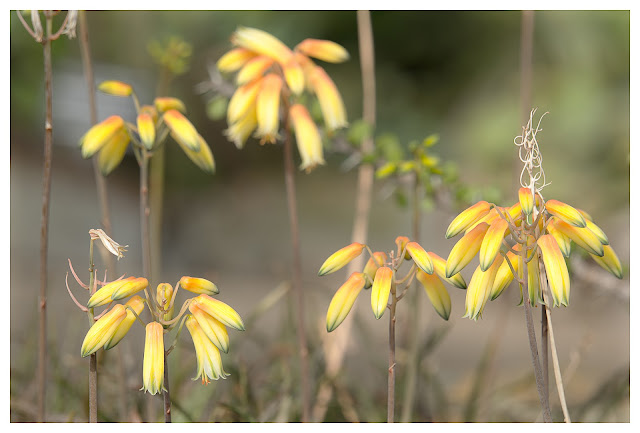
If you want one of the best lenses for macro studio use with your NEX, and 60mm is what you are looking for, I can certainly recommended it. You should look for the price around 400 EUR.




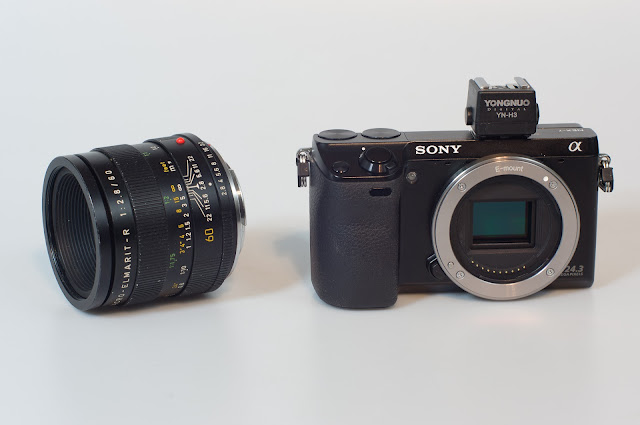


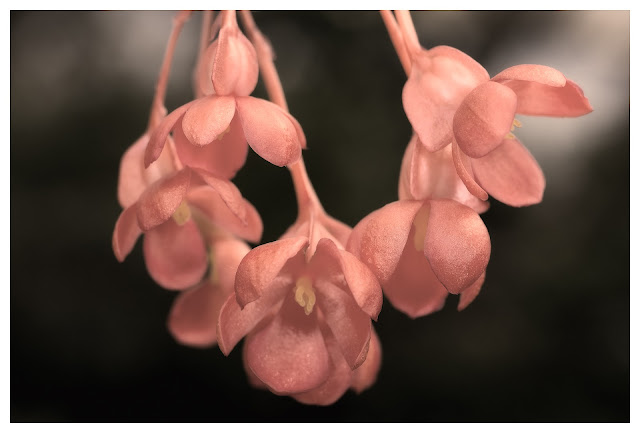










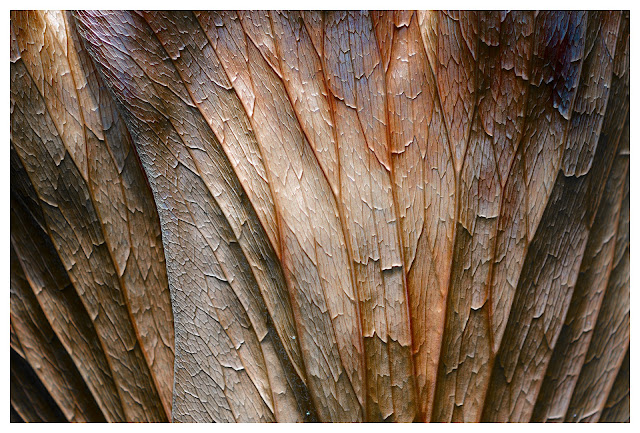















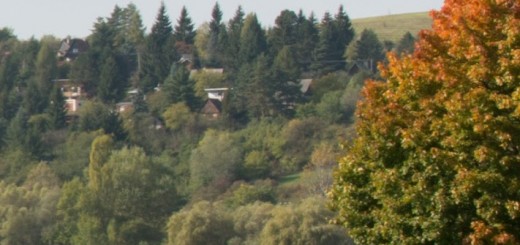
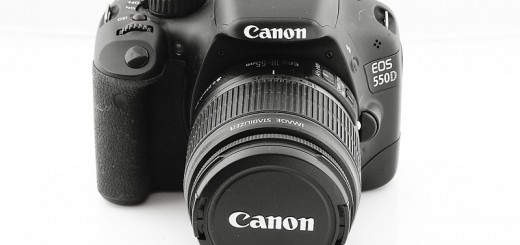
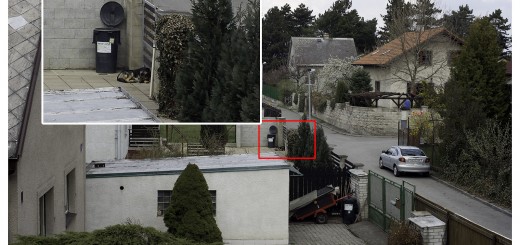













If you had nutty feeling, try getting 100mm f2.8 ASPH. 🙂 There isnt much better macro lens..
Leica certainly shows why its worth its price tag. Never disappoints.
Panagor shots are quite interesting too, very different way of rendering (different from pretty much every macro lens I saw).
Macro lens have usually advantage in being pretty good no matter who is manufacturing them.
Thanks Corwin. I just wanted to try those lenses that I already have. To be honest, for Macro, I like more my DSLR with Canon EF 100 f2.8 L IS II which is a great macro lens.
I didn’t feel 100% comfortable with small size of NEX 7 with flash on it and longer lens. In a daylight, LCD usually is not contrast enough, and putting the eye on EVF makes holding the camera, in this particular case, quite inconvenient.
To use it in studio, I will miss camera cable trigger, as most of my automatized equipment – focus stack rails, drop kit etc. uses it to fire the camera. I also can’t shot tethered from computer.
But 24 Mpx is an impressive technology today for further enlargement when needed.
Very nice article, with some great images. Do you know if the 1200AF minolta macro flash will work with the NEX-7?
I’d like to get a couple flashes, but I’m not sure which flashes to get between my NEX-7 and RX1 as they have different hotshoes…
In general, it is better to get DIN (RX1) flash type and use it on NEX 7 with adapter. For macro, manual flesh is much more useful than TTL, so it shouldn’t be a problem. Regarding Minolta 1200AF, it depends on the model. Check this page: http://www.mhohner.de/sony-minolta/flashes.php
However, I doubt you can use it on RX1. (Don’t know if it works with Sony hot shoe adapter, but it will certainly only work (if at all) in manual mode.
You can also consider some remote triggers and flashes separated from camera. In terms of light quality (and quantity) that would be the best option, but you will need time to make a proper set-up.
Which system to choose, depends a lot on what and how you want to shot. Led rings and other permanent light sources, wouldn’t help you to isolate or freeze your subject by the flash exposure i.e.